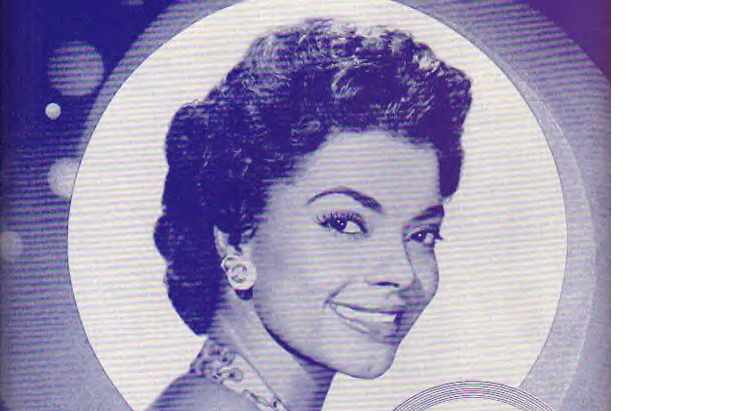But before she became Sheila Guyse, she was born Etta Drucille Guyse on July 14, 1925, in Forest, Mississippi. In 1945, she moved with her parents to New York City. She was twenty when she began working at a dime store on 125th Street, across the street from the Apollo Theater. Proximity to the entertainment palace, particularly its Amateur Night, influenced her decision to be a contestant. Her outcome at the theater is not known but shortly thereafter she made her nightclub debut at Club Zombie in Detroit.
Guyse was also featured in the “Harlem Follies of 1949” and the television adaptation of the play “The Green Pastures.” By 1945, Broadway was the place for her and she made her debut in the stage production “Memphis Bound.” She was slated to appear opposite Bill “Bojangles” Robinson but the show closed after 36 performances. She next appeared in “Lost in the Stars” and “Finian’s Rainbow,” both long-running plays. “Lost in the Stars” was the recipient of an Outer Circle Critics Award, and Guyse was among the contributors to the cast recordings for these productions. It may have been around this time that she was honored with “Sheila Guyse Day” in Detroit, and a proclamation by Councilmember Blanche Parent Wise.
During the ‘40s and ‘50s, Guyse often graced the cover of such publications as Ebony, Jet, and Our World. She gained a certain amount of publicity or notoriety from at least one of her three marriages, most notably with Kenneth Davis, where she was featured in a 1952 Jet article entitled “Negro Women with White Husbands.” Davis was a dancer she met during her stint on “Finian’s Rainbow.” Two years later the marriage ended, and in 1958 she married Joseph Jackson, a sanitation worker in New York City. They had two children. She became a devout Jehovah’s Witness due to her marriage to Jackson, and they remained a couple until he died in 2012.
Guyse’s career was often interrupted by chronic health issues that made it difficult for her to perform as an entertainer. Consequently, many of the roles she was offered could not be accepted. In 1953, she was diagnosed with stomach ulcers a day after she was ready for her role in the Broadway production of “Mile High.” Five years later she was back on the entertainment circuit, mainly to record her only studio album, which we presume had “Run” among the tracks.
The onslaught of health problems made it very challenging for her to resume her career in the movies, on stage, and in the recording studio. She died of complications due to Alzheimer’s disease on Dec. 28, 2013. She was 88.
This article originally appeared in the Amsterdam News.
